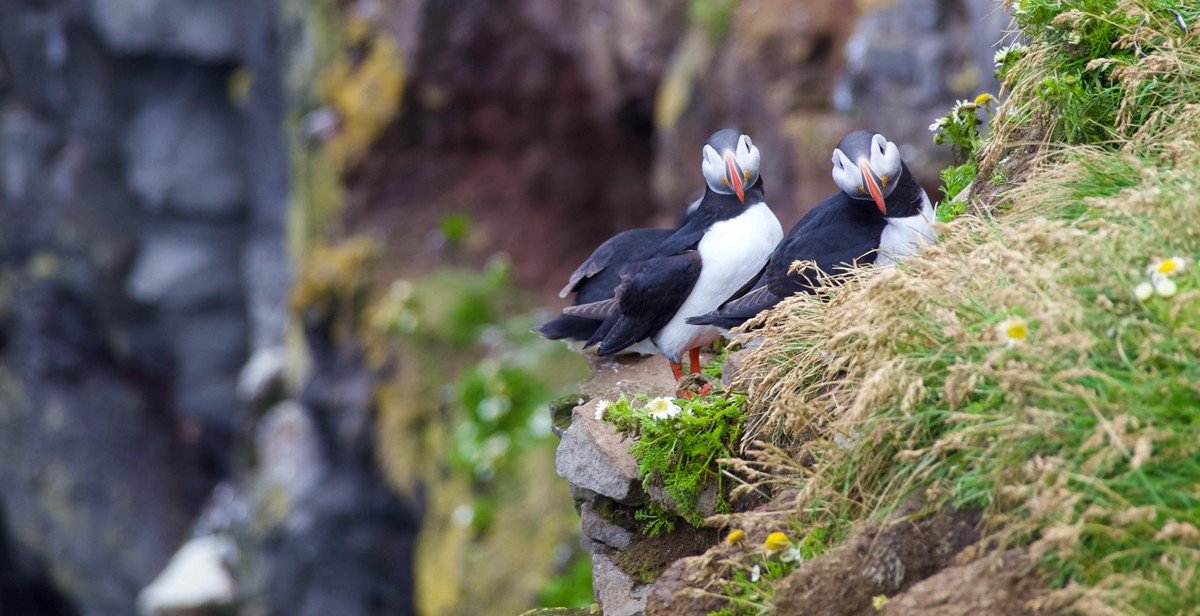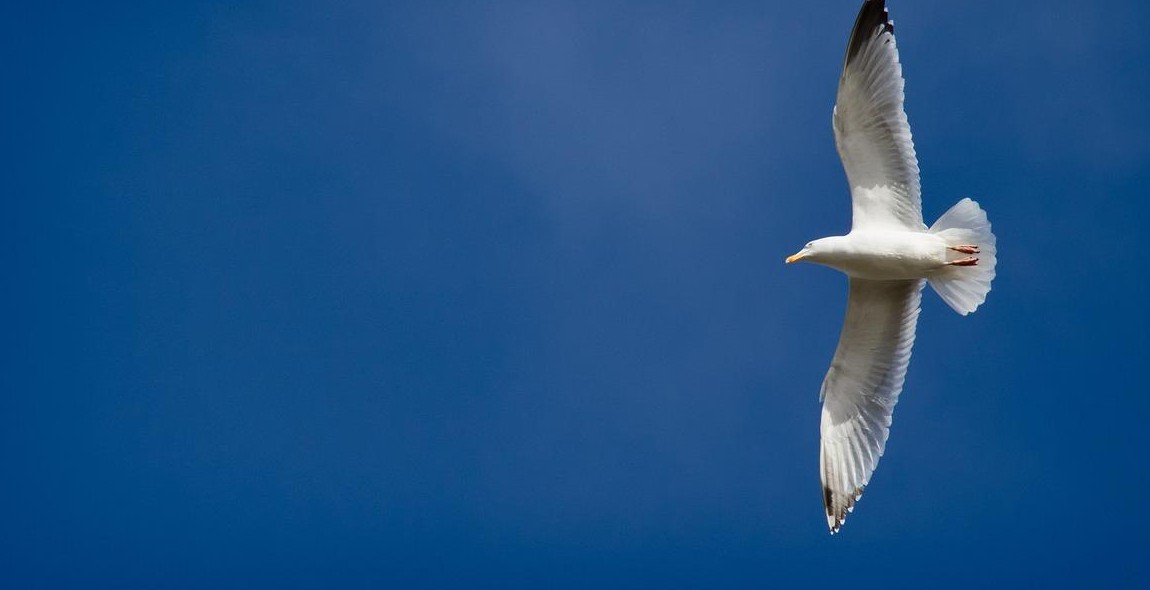How to Identify Common Birds in Your Area: A Beginner’s Guide to Birdwatching
Birdwatching is a popular hobby that allows you to connect with nature and appreciate the beauty of birds. Whether you’re a beginner or an experienced birdwatcher, identifying birds can be a challenging task. However, with the right tools and techniques, you can easily identify common birds in your area.
Why Identify Birds?
Identifying birds is not just about knowing their names. It’s about understanding their behavior, habitat, and role in the ecosystem. By identifying birds, you can also contribute to citizen science projects that collect data on bird populations and migration patterns.
Tools for Bird Identification
The first step in identifying birds is to have the right tools. A good pair of binoculars, a field guide, and a notebook are essential for birdwatching. Binoculars help you observe birds from a distance, while a field guide provides information on bird species, behavior, and habitat. A notebook allows you to record your observations and keep track of the birds you’ve seen.
Techniques for Bird Identification
There are several techniques you can use to identify birds. These include observing the bird’s size, shape, color, behavior, and habitat. You can also listen to the bird’s song or call, which can be a helpful clue in identifying the species. It’s important to be patient and observant when birdwatching, as birds can be elusive and difficult to spot.
In this beginner’s guide to birdwatching, we’ll provide you with tips and tricks for identifying common birds in your area. By the end of this guide, you’ll be able to confidently identify birds and appreciate their beauty and importance.
Getting Started with Birdwatching
Birdwatching, or birding, is a popular hobby that involves observing and identifying birds in their natural habitats. It is not only an enjoyable pastime but also a way to connect with nature and learn about different bird species. Here are some tips on how to get started with birdwatching:
Why Birdwatching is a Popular Hobby
Birdwatching is a popular hobby for many reasons. For one, it is a relatively inexpensive hobby that can be enjoyed by people of all ages. It also provides an opportunity to get outside and explore nature while learning about different birds and their behaviors. Additionally, birdwatching can be a social activity, as many birdwatching groups and clubs exist where people can share their experiences and knowledge.
What You Need to Get Started
Getting started with birdwatching is easy, and you don’t need much equipment to begin. Here are some essential items you should have:
- A pair of binoculars: Binoculars are essential for birdwatching, as they allow you to get a closer look at birds without disturbing them.
- A field guide: A field guide is a book that contains information about different bird species, including their physical characteristics, behavior, and habitat.
- A notebook and pen: Keeping a notebook and pen on hand is useful for recording your observations and identifying birds later.
- Comfortable clothing and footwear: Birdwatching involves spending time outdoors, so it’s important to wear comfortable clothing and footwear that can withstand different weather conditions.
Choosing the Right Time and Place to Birdwatch
Choosing the right time and place to birdwatch can greatly increase your chances of seeing different bird species. Here are some tips:
- Visit a local park or nature reserve: These areas are often home to a variety of bird species and provide a safe and natural habitat for them.
- Choose the right time of day: Birds are most active during the early morning and late afternoon, so these are the best times to go birdwatching.
- Be patient and observant: Birds can be difficult to spot, so it’s important to be patient and observant. Look for movement, listen for bird calls, and scan the treetops and bushes for any signs of activity.
By following these tips, you can get started with birdwatching and begin exploring the fascinating world of birds.

Identifying Common Birds in Your Area
Birdwatching is a fascinating hobby that allows you to connect with nature and observe the beauty of birds. One of the first steps to becoming a birdwatcher is to learn how to identify the common birds in your area. Here are some tips to get you started:
Researching the Birds in Your Area
The first step to identifying common birds in your area is to research the types of birds that are commonly found there. You can start by visiting your local library or bookstore to find books on local bird species. You can also use online resources such as birding websites and apps to learn about the birds in your area. Some of these resources even have features that allow you to search for birds based on their size, color, and other characteristics.
Once you have a list of the common birds in your area, you can begin to learn more about their physical characteristics, behaviors, and habitats. This will help you to identify them more easily when you see them in the wild.
Learning to Identify Common Birds by Sight and Sound
One of the most important skills in birdwatching is learning to identify birds by sight and sound. Here are some tips to help you get started:
- Observe the bird’s size and shape: The size and shape of a bird can give you important clues about its identity. Pay attention to the bird’s overall size, the length and shape of its wings, and the length and shape of its tail.
- Look at the bird’s color: The color of a bird’s feathers can also be helpful in identifying it. Look at the bird’s head, body, wings, and tail to see if there are any distinct colors or patterns.
- Listen to the bird’s call: Birds have a wide variety of calls and songs, and learning to recognize them can be a valuable tool in identifying birds. Listen for the bird’s call and try to match it to the calls of birds in your field guide or app.
- Watch the bird’s behavior: The way a bird behaves can also be a clue to its identity. Pay attention to how it moves, how it feeds, and where it is found.
By combining these skills, you can become a proficient birdwatcher and enjoy the beauty of the birds in your area.
In Conclusion
Learning to identify common birds in your area is an essential skill for any birdwatcher. By researching the birds in your area and learning to identify them by sight and sound, you can deepen your appreciation for these beautiful creatures and enjoy the wonders of nature.
Recording Your Observations
One of the most important aspects of birdwatching is keeping track of the birds you see. This not only helps you remember which birds you’ve seen, but it also allows you to contribute to citizen science programs that collect data on bird populations.
Keeping a Birdwatching Journal
One of the easiest ways to keep track of the birds you see is to keep a birdwatching journal. This can be a physical notebook or a digital document. In your journal, you can record the date, time, and location of your birdwatching outings, as well as the species of birds you observe.
It’s also helpful to record any behaviors or characteristics that you notice about the birds. For example, you might note that a particular bird has a distinctive call or that it prefers a certain type of habitat.
Keeping a birdwatching journal is not only a great way to track your own observations, but it can also be a valuable resource for other birdwatchers. You can share your journal with fellow bird enthusiasts and use it to compare notes and learn from each other.
Using Citizen Science Programs to Contribute to Research
Another way to record your bird observations is to participate in citizen science programs. These programs collect data from birdwatchers all over the world and use it to study bird populations and behaviors.
One of the most popular citizen science programs is eBird, which is run by the Cornell Lab of Ornithology. With eBird, you can record your bird sightings and contribute to a global database of bird observations. You can also use eBird to explore the bird species that have been observed in your area and to connect with other birdwatchers.
Another citizen science program is the Great Backyard Bird Count, which takes place annually in February. During this event, birdwatchers all over the world count the birds they see in their backyards and submit their observations to a global database. This data is used to track changes in bird populations over time.
| Program | Description | Website |
|---|---|---|
| eBird | A global database of bird observations | https://ebird.org/home |
| Great Backyard Bird Count | An annual event to count birds in your backyard | https://www.birdcount.org/ |
| Citizen Science Alliance | A collection of citizen science projects, including birdwatching programs | https://www.citizensciencealliance.org/ |
By participating in citizen science programs, you can not only contribute to scientific research but also learn more about the birds in your area and connect with other birdwatchers.

Conclusion
Birdwatching is a rewarding and enjoyable hobby that can be enjoyed by people of all ages. By learning to identify common birds in your area, you can start to appreciate the beauty and diversity of the world around you. With the tips and techniques outlined in this beginner’s guide, you can get started on your birdwatching journey with confidence.
Remember to be patient
It’s important to remember that birdwatching takes patience and practice. Don’t be discouraged if you don’t immediately identify every bird you see. With time and experience, your skills will improve, and you’ll be able to recognize even more species.
Get involved in the birding community
Joining a local birding club or online community can provide valuable resources and support for your birdwatching endeavors. You can learn from experienced birders, share your sightings, and even participate in citizen science projects that contribute to important research on bird populations and behavior.
Protect the birds and their habitats
As you become more involved in birdwatching, it’s important to remember to respect the birds and their habitats. Avoid disturbing nesting sites and be mindful of your impact on the environment. By practicing responsible birding, you can help protect these beautiful creatures and ensure that they continue to thrive for generations to come.
| Remember: | Get involved: | Protect: |
| Be patient | Join a birding community | Respect the birds and their habitats |
| Practice makes perfect | Learn from experienced birders | Practice responsible birding |
By following these tips and techniques, you can start to identify common birds in your area and develop a deeper appreciation for the natural world. Happy birdwatching!
